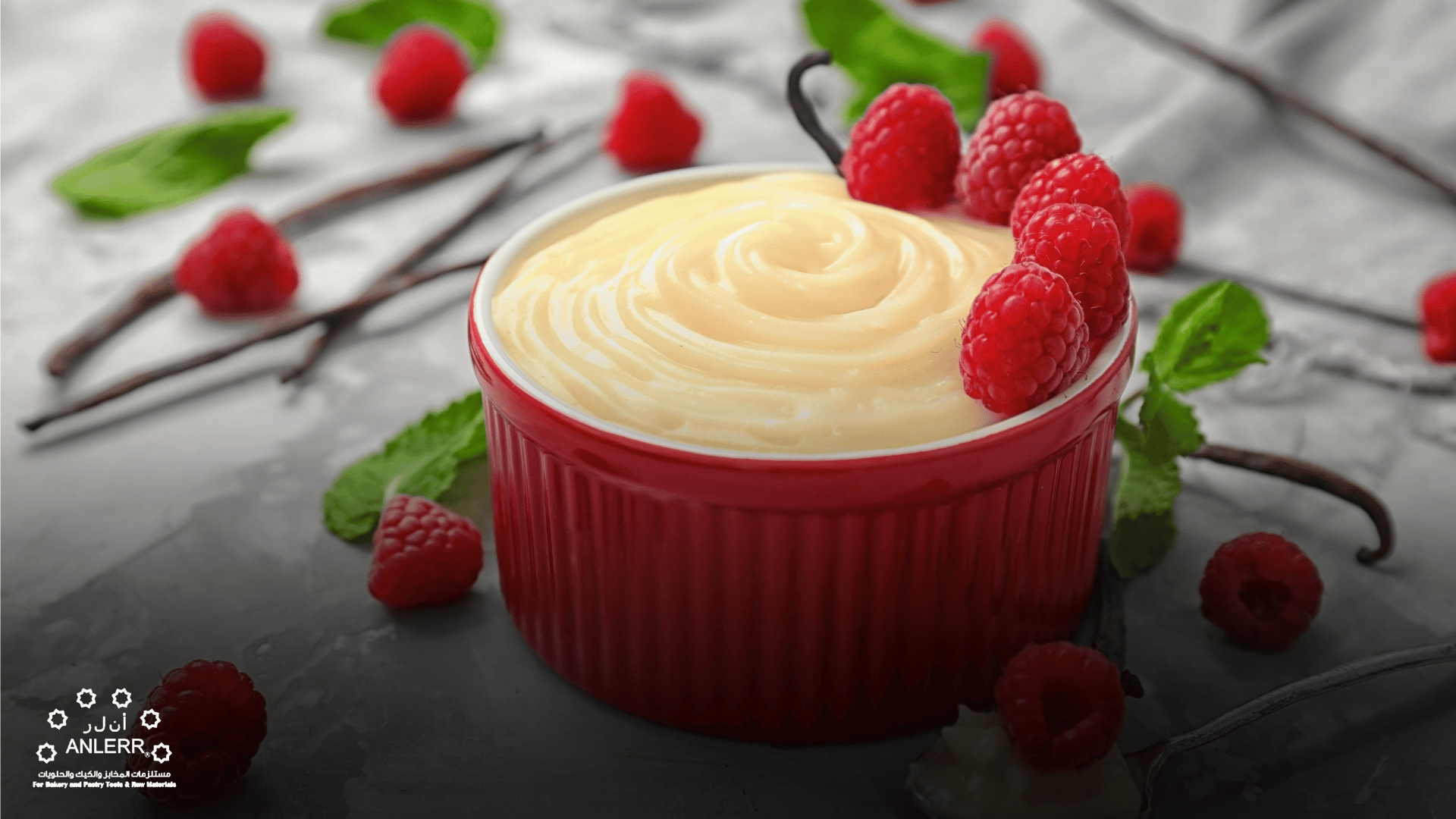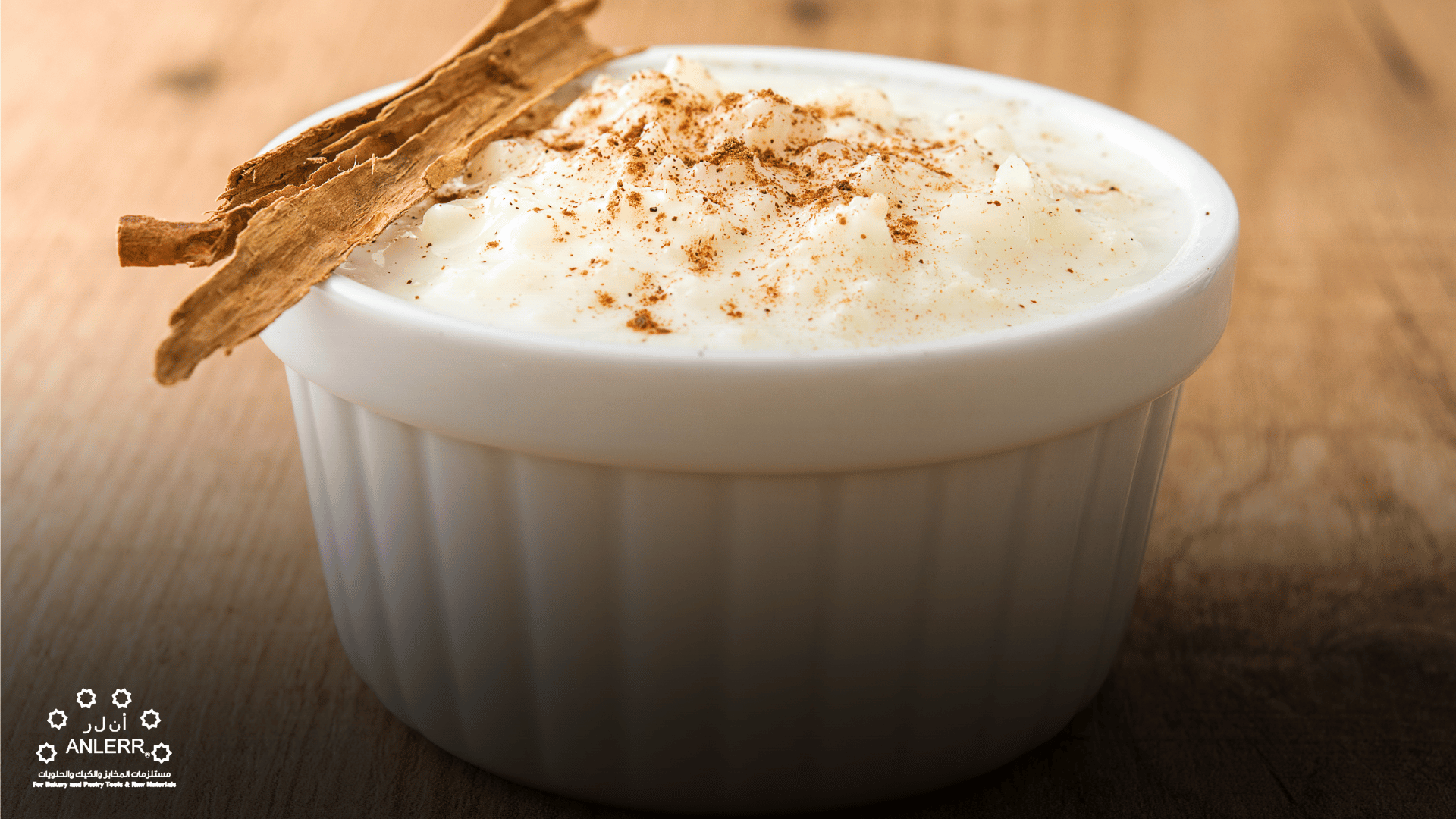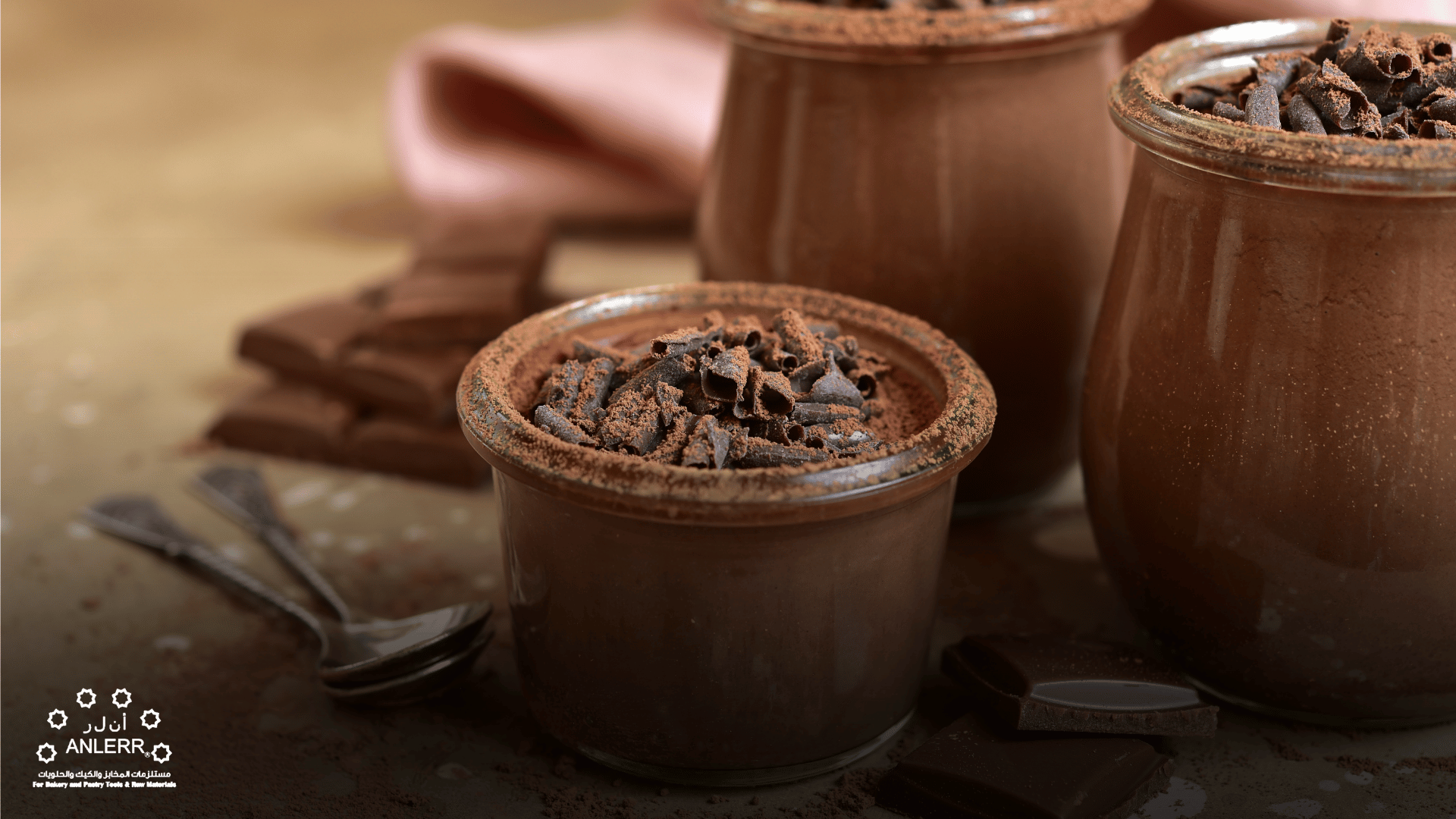Pudding is one of the most popular desserts worldwide, thanks to its creamy, smooth texture and rich flavor that satisfies all tastes. Despite its luxurious taste, it is easy and simple to prepare, requiring no advanced culinary skills. The secret lies in carefully selecting ingredients to ensure a perfect balance between texture and flavor. In this comprehensive guide, you will learn how to prepare a delicious, creamy pudding using simple ingredients and practical steps suitable for everyone, along with tips to ensure the recipe’s success every time.
1. What is Pudding?
Pudding is a creamy dessert with a smooth and silky texture, made using milk, sugar, and starch as a thickening agent. Its origins trace back to European cuisine, and its recipes have evolved to include a variety of flavors that cater to different tastes across cultures.
Common Types of Pudding:
- Creamy Pudding: Made with milk and cream for a rich, velvety texture.
- Rice Pudding: Prepared with cooked rice and milk, giving it a denser consistency.
- Chocolate Pudding: Rich in dark chocolate flavor with a velvety texture that satisfies cocoa lovers.

2. Essential Ingredients for Creamy Pudding
To achieve the perfect creamy pudding, you need basic ingredients that play a significant role in determining its flavor and texture.
- Milk and Cream: Provide smoothness and richness. Full-fat milk adds density, while cream enhances softness.
- Sugar: Responsible for sweetness and can be adjusted to taste. Natural alternatives like honey or coconut sugar can be used.
- Starch or Cornstarch: Used to thicken the mixture and give it a creamy, firm texture.
- Flavors and Additions: Such as orange blossom water for an authentic Arabic touch, vanilla for a classic flavor, or chocolate and cinnamon for variety.

3. Tools Needed to Prepare Pudding
To ensure the success of your pudding recipe, it’s important to use the right tools:
- Thick-Bottomed Pot: Helps distribute heat evenly and prevents burning.
- Wooden Spoon or Whisk: Ensures smooth mixing and prevents lumps.
- Molds or Serving Dishes: Vary depending on how you plan to serve the pudding, whether individually or in a large dish.
4. How to Prepare Traditional Creamy Pudding
To prepare the perfect creamy pudding, follow these steps:
- Prepare the Mixture: In a thick-bottomed pot, mix milk, cream, and sugar over medium heat until the sugar dissolves.
- Add Starch: Dissolve the starch in a little cold milk before gradually adding it to the mixture while stirring continuously.
- Stir Continuously: Prevents lumps and ensures a smooth mixture.
- Monitor the Texture: Once the mixture thickens enough to coat the back of a spoon, remove it from the heat.
- Add Flavors: Add orange blossom water or vanilla after removing the pot to preserve their strong flavors.
Tips for Success:
- Do not leave the mixture unattended while cooking.
- Avoid excessive heat.
- Test the texture before cooling.
5. Serving and Decorating Pudding
Serving pudding in an appealing way enhances the enjoyment of eating it.
Serving Methods:
- Chilled: Refrigerate for 3-4 hours.
- Warm: Serve with warm sauces like caramel or chocolate.
Decoration Ideas:
- Ground pistachios for color and crunch.
- Pomegranate seeds for natural freshness and a pop of color.
- Caramel or chocolate sauce for added richness.
- Coconut flakes or toasted nuts for extra texture and flavor.
6. Common Mistakes When Making Pudding and How to Avoid Them
Common Mistakes:
- Runny Pudding: Caused by insufficient starch or undercooking.
- Solution: Reheat and add a little more starch dissolved in cold milk.
- Lumps in the Mixture: Due to adding starch directly without dissolving it.
- Solution: Dissolve starch thoroughly before adding and stir continuously while cooking.
- Unbalanced Flavor: Using low-quality ingredients or adding flavors at the wrong time.
- Solution: Use fresh ingredients and add flavors after removing from heat.
7. Pudding with Creative Flavors
Flavor Suggestions:
- Chocolate Pudding: Add cocoa or melted chocolate.
- Caramel Pudding: Mix caramel with milk and cream.
- Saffron Pudding: Add soaked saffron for a luxurious Eastern flavor.
How to Adjust the Recipe:
- Adjust sugar quantity based on the added flavor.
- Add spices like cinnamon or cardamom for different flavor profiles.
8. The Difference Between Homemade and Store-Bought Pudding
Advantages of Homemade Pudding:
- Full control over ingredients: Free from preservatives.
- Natural flavor: Rich taste and guaranteed quality.
- Healthier options: Use sugar alternatives or plant-based milk.
Store-Bought Pudding:
- Easy to prepare but often contains artificial ingredients that affect taste and nutritional value.
9. Nutritional Value of Pudding
Nutritional Elements:
- Calories: 150-250 calories per cup.
- Protein: From milk and cream.
- Fats: Especially when using full-fat cream.
- Carbohydrates: Primarily from sugar and starch.
Healthier Alternatives:
- Use low-fat milk.
- Replace sugar with honey or coconut sugar.
- Use alternatives like oat flour or chia seeds instead of starch.
10. Uses of Pudding in Other Desserts
- In Cakes and Trifles: As a creamy layer between cake layers.
- In Tarts: As a filling with vanilla or chocolate flavor.
- Combined with Custard: For a richer texture and integrated flavor.

Preparing pudding is not as complicated as it seems. With simple ingredients and precise steps, you can make a perfect creamy pudding that suits all tastes. For a unique cooking experience, explore the high-quality tools and ingredients available at Anler, your go-to store for baking and dessert supplies.
For more diverse recipes, you can visit Buk’s Arabic Cream Pudding Recipe and try new recipes with innovative flavors.
Frequently Asked Questions (FAQs)
1. How long should pudding be chilled for the perfect texture?
3-4 hours in the refrigerator until it sets properly.
2. Can pudding be made without milk?
Yes, using alternatives like almond or coconut milk.
3. What is the best way to store leftover pudding?
Store in an airtight container in the refrigerator for up to 3 days.
4. How can I reduce sugar without affecting the taste?
Replace sugar with honey or coconut sugar, or gradually reduce the amount.
5. Can different types of milk be used?
Yes, almond, coconut, or oat milk are excellent alternatives with some adjustments to the texture.

